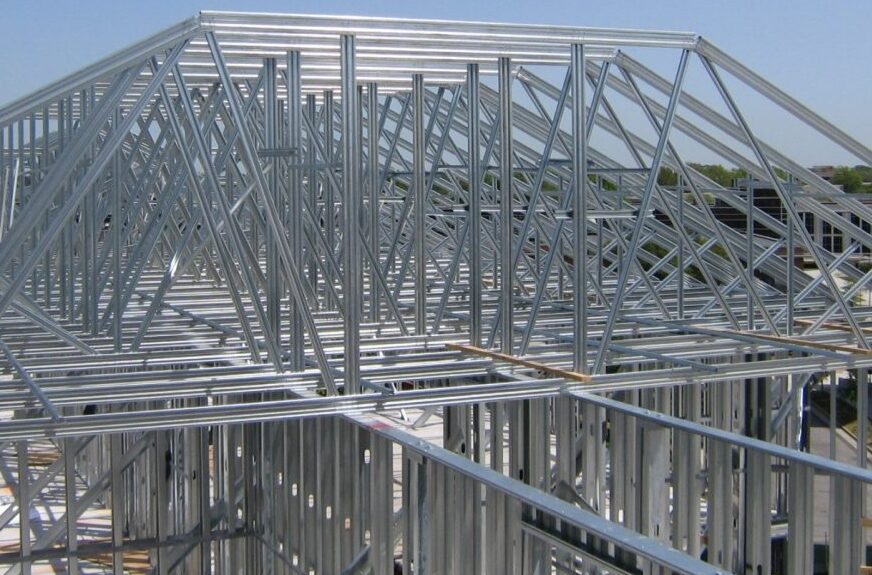LGS Frame Vs Traditional Timber Frame

When it comes to building construction, the important decision to make is what type of framing material to use. Two of the most popular options are frames from light gauge steel and traditional timber frames. Both have their pros and cons, but which one is the better choice? In this article, we’ll take a closer look at the differences between steel frames and traditional timber frames. Also explore the advantages and disadvantages of each.
What are LGS Frames?
Light gauge steel frames (LGS) are made by forming steel sheets into various shapes using cold-forming technology. The steel is first roll into thin sheets, then form into studs, joists etc.
What are Traditional Timber Frames?
Traditional timber frames, on the other hand, are made using standard dimensional lumber. This type of framing has been used for centuries and is still the most common framing material used in residential construction today. Wood framing typically consists of 2×4 or 2×6 lumber which is cut to size and nailed together to form the frame of a building.
Strength and Durability
When it comes to strength and durability, frames from LGS have a significant advantage over traditional timber frames. Steel is stronger and more durable than wood, and LGS frames are much less likely to warp, crack, or shrink over time. Steel is also more resistant to moisture, pests, and fire, which makes it a better choice for buildings in areas with high humidity or wildfire risk.
In contrast, traditional timber frames are prone to a variety of issues that can affect their strength and durability. Wood can rot, warp, and crack over time, especially if it is exposed to moisture or pests. Wood frames are also more susceptible to fire damage, which is a significant concern in areas with high wildfire risk.
Sustainability
Sustainability is becoming an increasingly important factor in building construction. Both LGS frames and traditional timber frames have their advantages and disadvantages when it comes to sustainability.
On the one hand, wood is a renewable resource which is readily available and can be sustainably harvested. Timber frames also have a lower carbon footprint than steel frames, as the production of steel requires significantly more energy and emits more greenhouse gasses.
LGS frames are 100% recyclable and can be reused indefinitely without losing their strength or durability. Additionally, steel frames are more resistant to pests and rot, which means they are less likely to need to upgrade over time.
Conclusion
The choice between frames from LGS and traditional timber frames depends on a variety of factors. Steel frames have a significant advantage over wood frames when it comes to strength, durability, and sustainability. Steel frames are more resistant to pests, moisture, and fire, which can increase the lifespan of a building and reduce maintenance costs.
Whether you need more information on our range of garden rooms, want to book in a free site visit or you would like a no-obligation quotation, contact us using our contact form on our website or via the methods below:
T: 01379 440909
